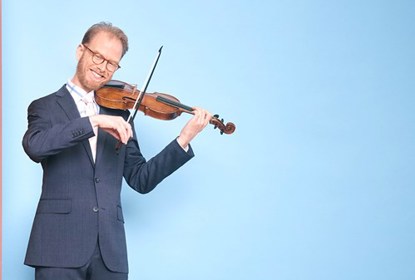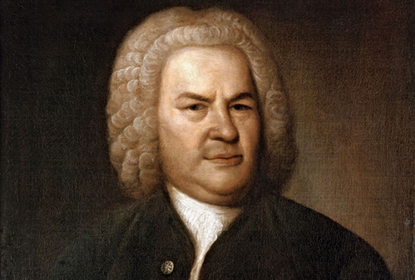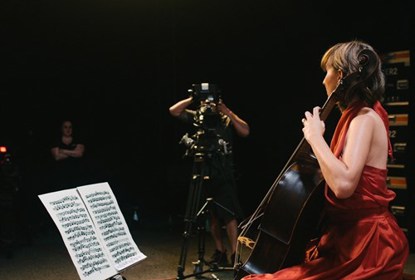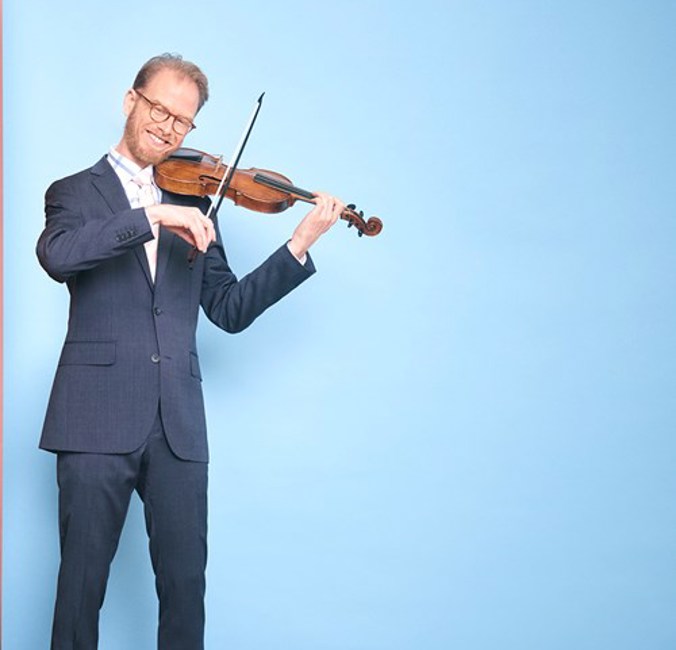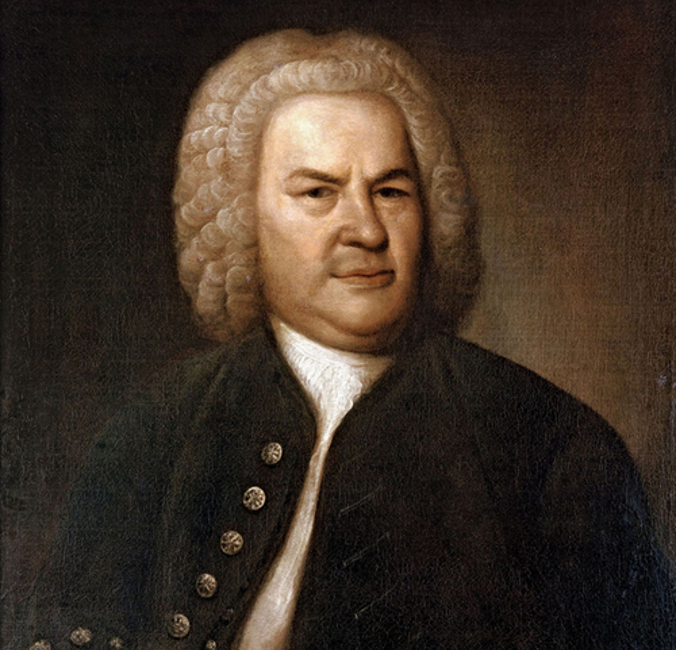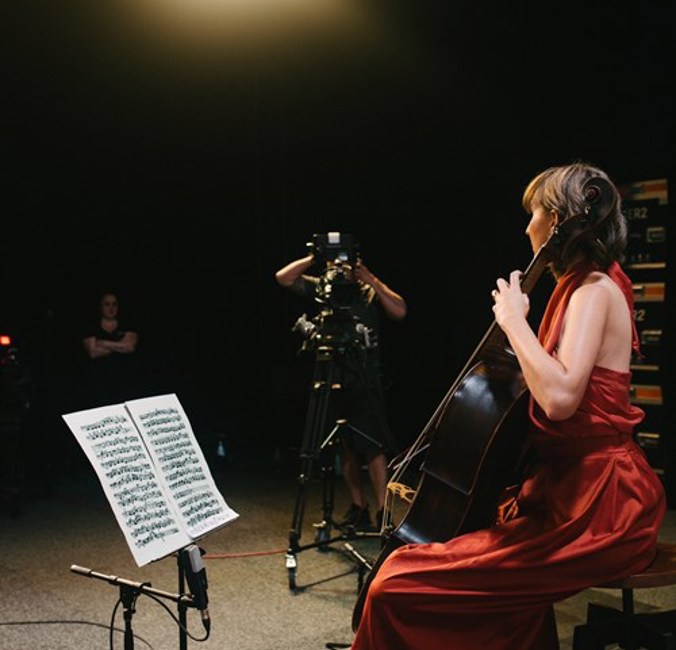Bach Series
Ben Dollman Baroque Violin
BACH Nº 16
Ben Dollman performs the Largo & Allegro assai from JS Bach's Sonata No. 3 in C major for solo violin, BWV 1005
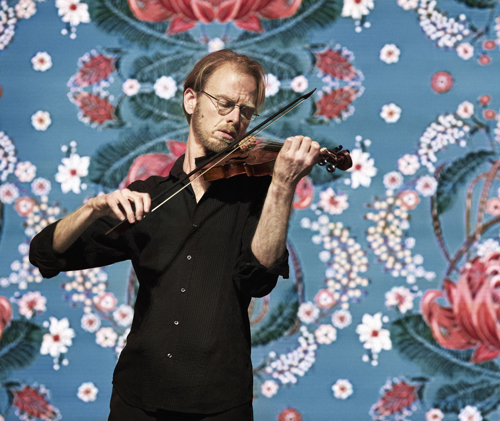
PROGRAM NOTES
Johann Sebastian Bach (1685-1750)
SONATA NO. 3 IN C MAJOR, BWV 1005
Largo & Allegro assai
When piecing together the events of Johann Sebastian Bach’s life, historians and Baroque musicophiles alike often refer to the exchange of letters between Carl Philipp Emanuel Bach and Johann Nikolaus Forkel that would become the foundation of JS Bach’s first biography.
Little did CPE Bach or Forkel know that future generations would come to venerate both the memory and music of Johann Sebastian. Indeed, judging from their discussions regarding the value and cost of the late composer’s hand-copied manuscripts, the now underwhelming figures mentioned in the letters pale in comparison with today’s estimations of their value:
![]()
… My late father’s portrait costs nothing. The music by him you received you may return at your convenience since I do not need it so urgently. There are no more copies to be had of the things of my father’s that were engraved; even the plates are no longer in existence. What I have – namely, the First and Third Parts [of the Clavier -Übung] – I shall be glad to let you have, bound, for copying, or even for purchase. The material of both of them used to cost 6 thlr. If you do not wish to copy them, I will let you have both parts, cleanly bound and in very good condition, for 8 thlr. I have the manuscript for the deceased, and I can get along with that, and you have the copy he used to have for his own use. But you must not feel any compunction about it…
CARL PHILIPP EMANUEL BACH, HAMBURG, AUGUST 9, 1774
The attention to detail and time required to copy, by hand, the large collections of JS Bach’s music cannot be underestimated. On its own, the Sonata No. 3 in C major remains one of the most ambitious in scale and scope of the entire collection of sonatas and partitas for solo violin. Except for the monumental chaconne at the end of the Partita No. 2 in D minor, no other movement compares to the fugue that directly precedes both the Largo and Allegro assai performed here by the Australian Brandenburg Orchestra’s Principal Second Violin, Ben Dollman.
WHAT TO LISTEN FOR
Throughout his collection of sonatas and partitas, Bach regularly exploits the open strings available to enable his polyphonic writing. However, for this Largo in the key of F major – a stark change of key from the preceding fugue in C major and the only such example across all six sonatas and partitas – here Johann Sebastian uses the open strings more sparingly. By having their fingers depressed on the fingerboard, the player produces a more controlled and clean sound, lending this movement to a more peaceful, calming, and subtle expression of emotion akin to the expected Baroque affect of F major.
In many ways, the Allegro assai that directly follows the Largo could not be any more distinct – energetic, sprightly and briming with rapid passagework. Ben Dollman in his interview for Brandenburg One describes this finale as being “full of exuberance”. It is a clear and strong return to C major, masterfully evolving from the simplest of beginnings, the first five notes of the ascending C major scale.
Program Notes: Joanna Butler & Hugh Ronzani, 2021
Image Credit: Steven Godbee, 2020
BACH SERIES PRESENTING PARTNER
Artists
Listen
{% error.message %}
More for you...
{% series.name %}
Featured Content
{% series.featuredTitle %}






